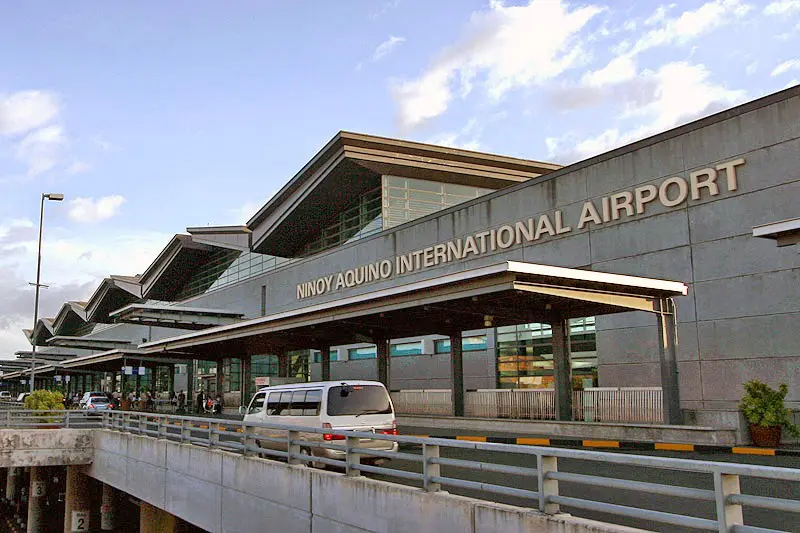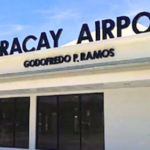The Philippine tourism sector is buzzing with optimism as San Miguel Corp. (SMC)-led New NAIA Infrastructure Corp. takes over the operations of Ninoy Aquino International Airport (NAIA) under a private-public partnership (PPP).
This move, hailed as a potential game-changer for the industry, aims to attract more tourists and boost the economy, while simultaneously addressing the airport’s long-standing issues.
NAIA, previously ranked the fourth-worst airport in Asia for business travelers, has long been plagued by delays, brownouts, long lines, and inadequate facilities. This has contributed to a perception of the Philippines as a less-than-ideal tourist destination, despite its natural beauty and cultural charm.
“We are finally doing what the government has wanted to do since the 1990s — to use PPP in enabling a private operator to manage the operations and maintenance of the Ninoy Aquino International Airport — and make it truly world-class,” Transportation Secretary Jaime J. Bautista said in a statement.
“A new system is something to look forward to because it may address woes that were not addressed by previous management,” echoed John Paolo R. Rivera, a senior research fellow at the Philippine Institute for Development Studies. “There is optimism with a change in management.”
San Miguel, in partnership with South Korean firm Incheon International Airport, plans to modernize NAIA’s aging facilities and nearly double airport capacity to 62 million passengers yearly. This ambitious project could transform NAIA into a world-class gateway, significantly improving the traveler experience and attracting more international visitors.
The tourism industry is already experiencing a strong rebound, with visitor arrivals rising by 10% to 4.03 million in the eight months to August, according to government data. The Tourism department is targeting 7.7 million tourist arrivals for the full year.
“With improved infrastructure, security, environmental protection and marketing, the tourism sector has great untapped potential to grow significantly,” said Leonardo A. Lanzona, an economist from the Ateneo de Manila University. “The problem stems really from mismanagement.”
While the privatization of NAIA offers a promising path to tourism growth, some concerns remain about job losses and potential increases in travel costs.
“We hope for the best,” said Mr. Rivera. “A premier, world-class and efficient airport is key to attracting more foreign tourists and ensuring that visitors enjoy warm Filipino hospitality.”
The success of this ambitious project hinges on effective implementation of the National Tourism Development Plan for 2023 to 2028, which seeks to transform the Philippines into a tourism powerhouse.







Leave a Reply